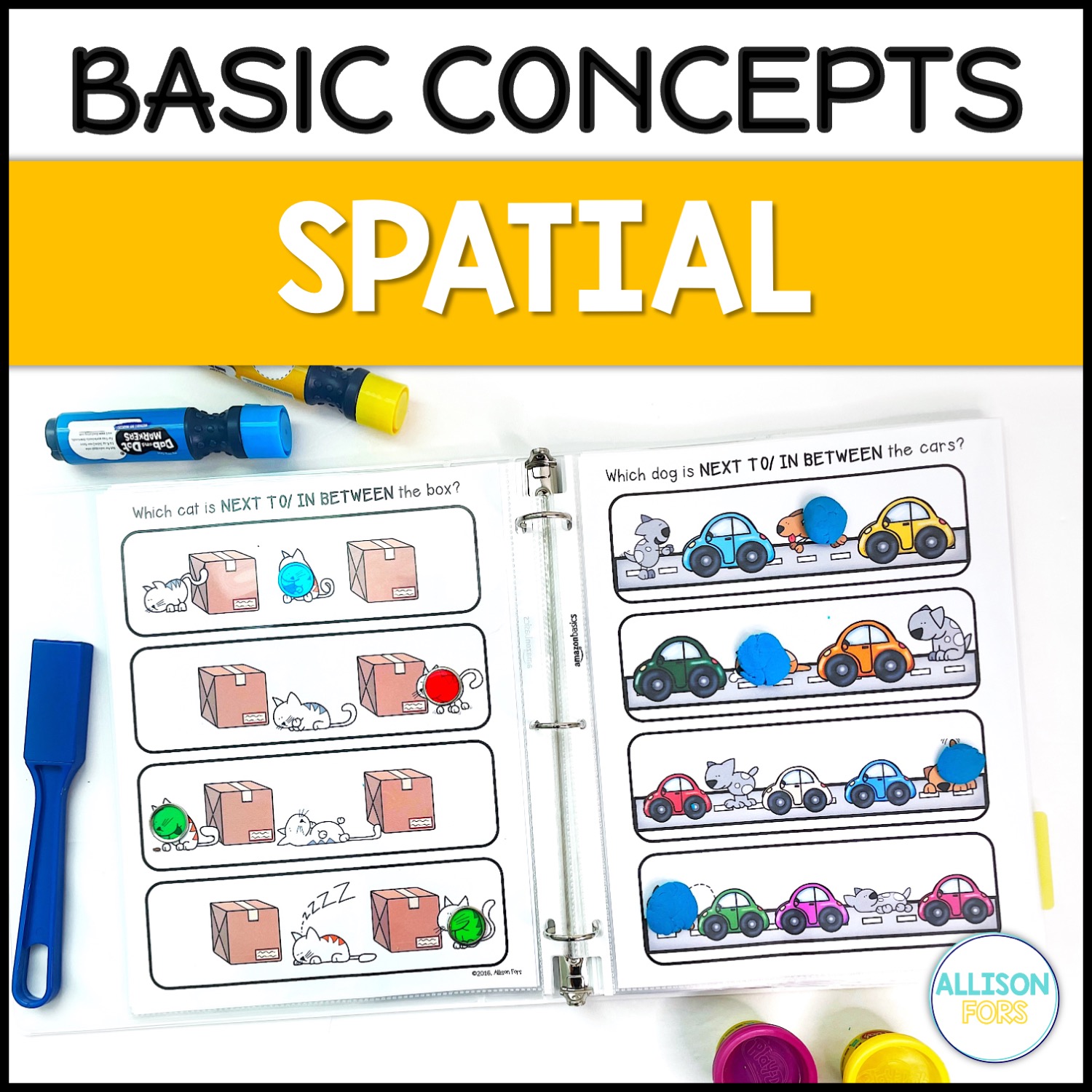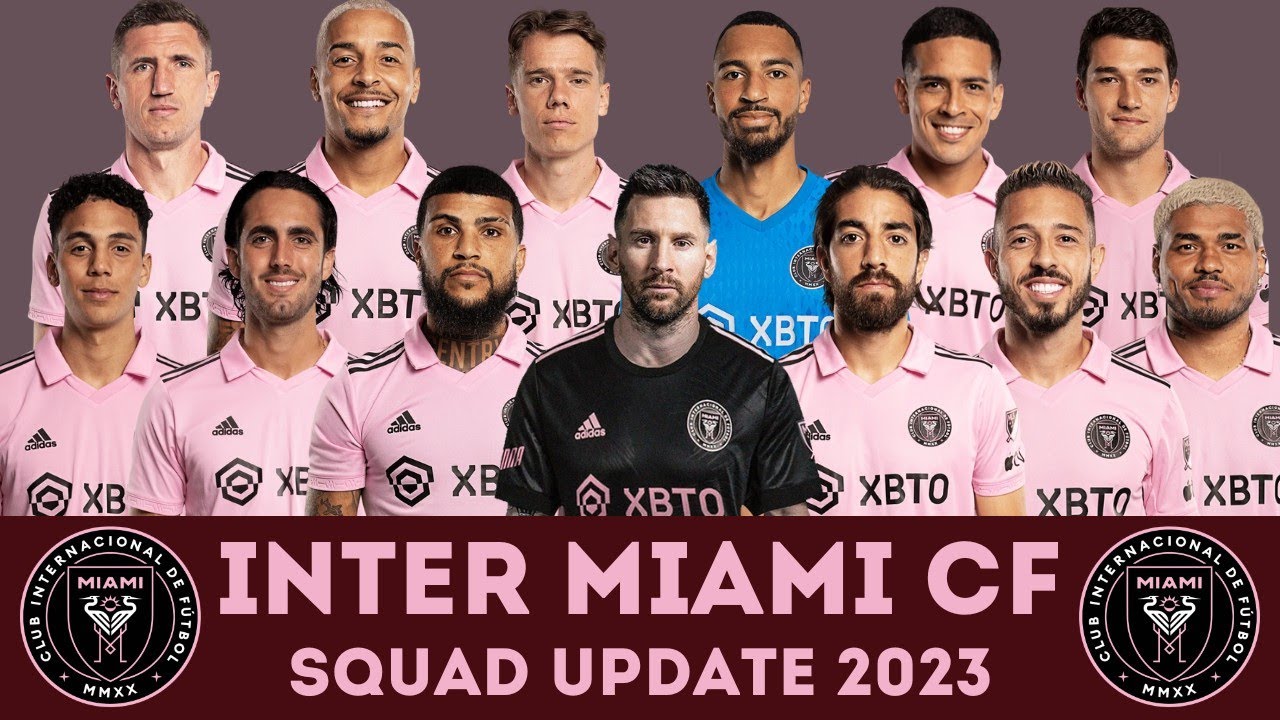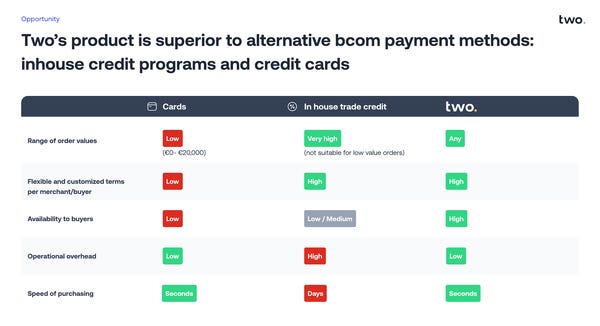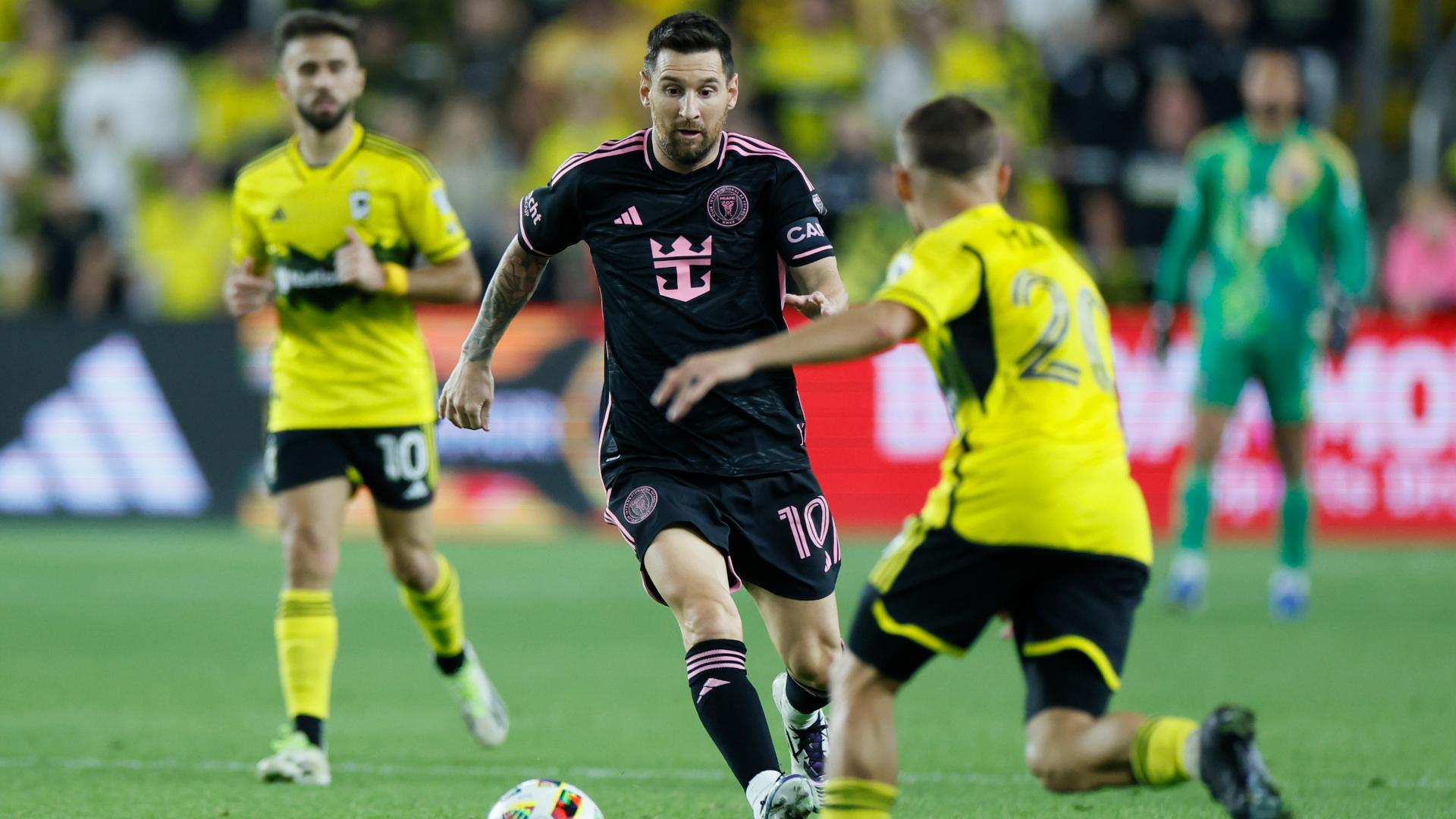Earth - Series 1: Inferno: Exploring The Volcanic Landscape

Table of Contents
The Formation of Volcanic Landscapes
Volcanic landscapes are not randomly scattered across the Earth; their formation is intricately linked to the planet's dynamic geological processes.
Plate Tectonics and Volcanic Activity
The theory of plate tectonics is fundamental to understanding volcanic activity. The Earth's lithosphere is broken into massive plates that constantly move, interact, and collide. This tectonic plate movement is the primary driver of volcanism.
- Divergent Boundaries: Where plates move apart (e.g., the Mid-Atlantic Ridge), magma rises to fill the gap, creating underwater volcanoes and mid-ocean ridges. Iceland, sitting atop the Mid-Atlantic Ridge, is a prime example of a volcanic landscape formed at a divergent boundary.
- Convergent Boundaries: When plates collide, one may slide beneath the other (subduction). This process melts the subducting plate, generating magma that rises to the surface, forming volcanoes along subduction zones. The Ring of Fire, encircling the Pacific Ocean, is a testament to this process.
- Transform Boundaries: Where plates slide past each other (e.g., the San Andreas Fault), volcanic activity is less common, though localized magma upwelling can still occur.
Types of Volcanoes and Their Landforms
Volcanoes aren't all created equal. Their shape and size are determined by the type of magma erupted and the frequency of eruptions.
- Shield Volcanoes: These broad, gently sloping volcanoes are formed by highly fluid lava flows (e.g., Mauna Loa in Hawaii). Their landforms are characterized by vast lava plateaus.
- Composite Volcanoes (Stratovolcanoes): These steep-sided volcanoes are built up from alternating layers of lava flows and pyroclastic materials (e.g., Mount Fuji in Japan, Mount Vesuvius in Italy). They often feature a central crater and are associated with explosive eruptions.
- Cinder Cone Volcanoes: These relatively small volcanoes are formed from the accumulation of volcanic cinders and ash (e.g., Paricutin in Mexico). They are typically characterized by a steep cone shape and a single eruption cycle. The resulting volcanic landscape is often smaller and more localized.
Exploring Diverse Volcanic Landscapes
Volcanic landscapes showcase an incredible array of features, offering a glimpse into Earth's dynamic interior.
Iceland's Volcanic Wonders
Iceland, an island nation situated on the Mid-Atlantic Ridge, boasts a spectacular volcanic landscape. Its unique geological setting leads to abundant geothermal activity and dramatic volcanic features.
- Blue Lagoon: A geothermal spa famous for its milky-blue waters, heated by underground volcanic activity.
- Þingvellir National Park: A UNESCO World Heritage Site where the North American and Eurasian tectonic plates meet, visibly showcasing the effects of plate divergence. Visible volcanic fissures are a major feature of the landscape.
- Extensive Lava Fields: Vast areas covered by solidified lava flows, testament to past eruptions, shaping the Icelandic volcanic landscape significantly.
The Dramatic Volcanoes of the Ring of Fire
The Ring of Fire, a horseshoe-shaped zone encircling the Pacific Ocean, is home to the majority of the world's active and dormant volcanoes. This area is characterized by intense subduction activity.
- Mount Fuji (Japan): An iconic composite volcano, a symbol of Japan, showcasing the dramatic beauty of a volcanic landscape.
- Mount Rainier (USA): A potentially hazardous composite volcano in the Cascade Range, highlighting the dangers associated with volcanic landscapes and the need for preparedness.
- Many other active volcanoes: The Ring of Fire is a region of intense geological activity, with various volcanic landscapes, each with unique characteristics.
Underwater Volcanic Landscapes and Hydrothermal Vents
Volcanic activity isn't limited to land; much of it occurs beneath the ocean's surface. Hydrothermal vents, found near mid-ocean ridges, are particularly fascinating.
- Mid-Ocean Ridges: Underwater mountain ranges formed by volcanic activity along divergent plate boundaries.
- Hydrothermal Vent Formation: Seawater seeps into cracks in the ocean floor, is heated by magma, and then expelled as superheated water carrying dissolved minerals, creating unique ecosystems.
- Black Smokers: Hydrothermal vents that emit dark, mineral-rich water, supporting diverse communities of life adapted to extreme conditions.
The Impact of Volcanic Landscapes
Volcanic landscapes, while awe-inspiring, have a profound impact on both the environment and human societies.
Environmental Effects
Volcanic eruptions can have both destructive and constructive consequences for the environment.
- Destructive Effects: Lava flows, pyroclastic flows, and ash fall can devastate habitats and cause significant air pollution.
- Constructive Effects: Volcanic ash and lava eventually weather down to create exceptionally fertile soil, supporting vibrant ecosystems. Geothermal energy harnessed from volcanic areas provides a renewable energy source.
Human Interaction with Volcanic Landscapes
Humans have lived near volcanoes for millennia, adapting to their risks and utilizing their resources.
- Settlement near volcanoes: Fertile volcanic soils have attracted human settlements for centuries, despite the risks of eruption.
- Volcanic materials in construction: Volcanic rock (e.g., pumice, basalt) has been used in construction for centuries due to its durability and properties.
- Volcanic tourism: The dramatic beauty of volcanic landscapes has turned many areas into popular tourist destinations, offering economic opportunities.
Conclusion
Volcanic landscapes represent a powerful and breathtaking testament to Earth's dynamic geological processes. From the vast lava fields of Iceland to the dramatic peaks of the Ring of Fire and the hidden wonders of underwater volcanic activity, these environments showcase incredible diversity and geological power. Understanding volcanic processes, their impact on the environment, and their influence on human societies is crucial for both mitigating risks and harnessing the benefits these unique volcanic landscapes offer. We encourage you to delve deeper into the wonders of the volcanic landscape, whether through further research, documentaries like "Earth - Series 1: Inferno," or even a visit to one of these awe-inspiring locations. Explore the diverse features of the volcanic landscape and discover the remarkable stories etched into the Earth itself.

Featured Posts
-
 Chicago Cubs Kyle Tuckers Comments On Fans And The Team
May 13, 2025
Chicago Cubs Kyle Tuckers Comments On Fans And The Team
May 13, 2025 -
 Professorship In Fine Arts Exploring Spatial Concepts
May 13, 2025
Professorship In Fine Arts Exploring Spatial Concepts
May 13, 2025 -
 A Coronation Street Cameo The Genesis Of Sir Ian Mc Kellens Iconic Career
May 13, 2025
A Coronation Street Cameo The Genesis Of Sir Ian Mc Kellens Iconic Career
May 13, 2025 -
 Chris And Megs Unforgettable Wild Summer
May 13, 2025
Chris And Megs Unforgettable Wild Summer
May 13, 2025 -
 A Fathers Courage A Message From Hostage To Son
May 13, 2025
A Fathers Courage A Message From Hostage To Son
May 13, 2025
Latest Posts
-
 Inter Miamis 1 0 Victory Over Crew Cremaschis Heroics In Front Of Record Breaking Crowd
May 13, 2025
Inter Miamis 1 0 Victory Over Crew Cremaschis Heroics In Front Of Record Breaking Crowd
May 13, 2025 -
 Record Crowd Sees Inter Miamis 1 0 Win Against Columbus Crew
May 13, 2025
Record Crowd Sees Inter Miamis 1 0 Win Against Columbus Crew
May 13, 2025 -
 B2 B Payments Firm Pliant Announces 40 Million Series B Funding Round
May 13, 2025
B2 B Payments Firm Pliant Announces 40 Million Series B Funding Round
May 13, 2025 -
 Inter Miami Defeats Columbus Crew 1 0 Before Record Crowd
May 13, 2025
Inter Miami Defeats Columbus Crew 1 0 Before Record Crowd
May 13, 2025 -
 Pliants B2 B Payments Platform Receives 40 M Investment Boost
May 13, 2025
Pliants B2 B Payments Platform Receives 40 M Investment Boost
May 13, 2025
